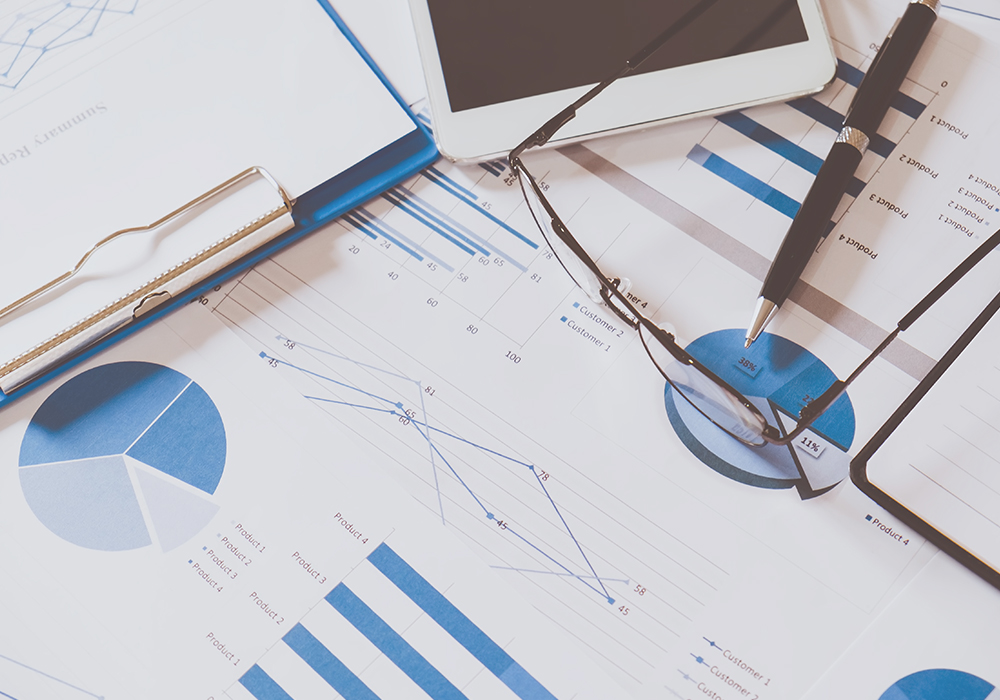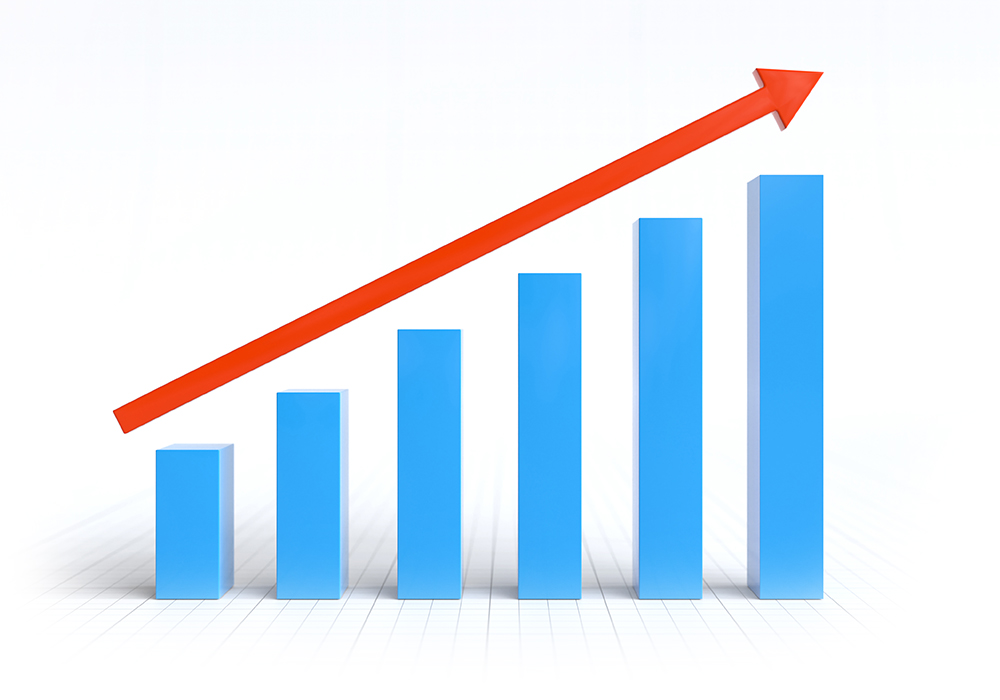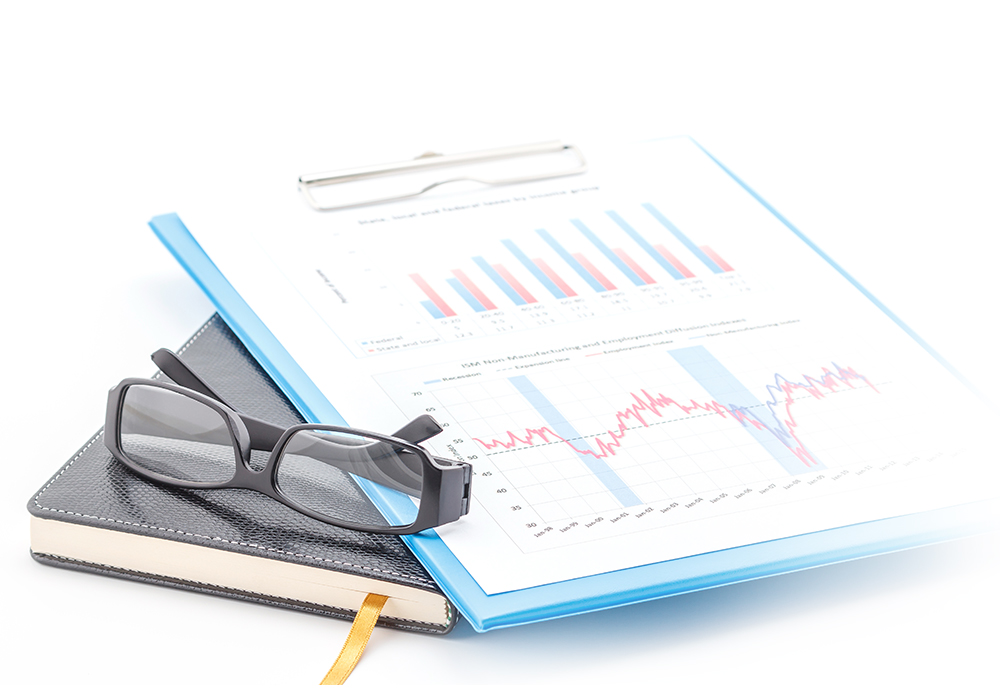Cryptocurrency trading has gained immense popularity over the past decade, attracting both seasoned investors and newcomers alike. While the crypto market offers tremendous opportunities for profit, it also comes with significant risks. To navigate this volatile terrain, traders employ various strategies, with technical analysis and fundamental analysis being two of the most prominent approaches. In this comprehensive guide, we will delve into the world of crypto trading, understanding technical analysis tools, exploring the role of fundamental analysis in crypto, and weighing the pros and cons of each approach.
Understanding Technical Analysis Tools
Technical analysis is a widely used method in cryptocurrency trading that involves studying historical price charts, patterns, and various technical indicators to make trading decisions. Here are some key aspects to understand about technical analysis tools:
- Price Charts: Technical analysts rely heavily on price charts, which display historical price movements over time. These charts come in different timeframes, such as hourly, daily, or weekly, allowing traders to analyze short-term and long-term trends.
- Candlestick Patterns: Candlestick charts are particularly popular in technical analysis. They provide information about price volatility and can signal potential trend reversals or continuations. Common patterns include doji, engulfing, and hammer candles.
- Indicators and Oscillators: Technical analysts use a wide range of indicators and oscillators like Moving Averages, Relative Strength Index (RSI), and MACD to assess market conditions. These tools can help identify overbought or oversold conditions and potential entry or exit points.
- Support and Resistance: Traders look for levels of support (where prices tend to bounce back up) and resistance (where prices tend to reverse) on price charts. These levels are crucial for setting stop-loss and take-profit orders.
- Trend Analysis: Identifying trends is a core aspect of technical analysis. Traders aim to determine whether the market is in an uptrend (rising prices), a downtrend (falling prices), or a sideways trend (stagnant prices).

The Role of Fundamental Analysis in Crypto
Fundamental analysis, on the other hand, takes a more macroeconomic and holistic approach to evaluating cryptocurrencies. It involves examining the underlying factors that affect a cryptocurrency’s value, beyond just its price chart. Here’s how fundamental analysis plays a role in the crypto market:
- Token Utility: Fundamental analysts assess the utility and purpose of a cryptocurrency. They look at whether it serves a real-world function, such as facilitating smart contracts (as in the case of Ethereum) or providing a means of transferring value (like Bitcoin).
- Team and Development: The teams behind cryptocurrencies are scrutinized in fundamental analysis. Investors want to know if the project has a strong and reputable development team that can deliver on its promises.
- Adoption and Use Cases: Fundamental analysis considers factors like the adoption rate of a cryptocurrency and its potential use cases. A cryptocurrency with a growing user base and a broad range of applications is often seen as more valuable.
- Regulatory Environment: The regulatory landscape can significantly impact the value of a cryptocurrency. Fundamental analysts keep a close eye on how governments and regulatory bodies treat cryptocurrencies.
- Market Sentiment: While fundamental analysis focuses on objective data, it also considers market sentiment and public perception. Positive sentiment can drive demand and, consequently, the price of a cryptocurrency.

Pros and Cons of Each Approach
Both technical and fundamental analysis have their strengths and weaknesses, and choosing between them depends on individual preferences and trading styles. Let’s explore the pros and cons of each approach:
Technical Analysis:
Pros:
- Objective Data: Technical analysis relies on historical price data and mathematical indicators, making it relatively objective and data-driven.
- Short-Term Focus: Technical analysis is well-suited for short-term traders looking to capitalize on price fluctuations within hours or days.
- Clear Entry and Exit Points: Technical analysis provides specific entry and exit points based on chart patterns and indicators.
Cons:
- Limited Fundamentals: Technical analysis does not consider the underlying factors and fundamentals of a cryptocurrency, potentially missing out on long-term value.
- Not Foolproof: No analysis method is foolproof, and technical analysis can generate false signals, leading to losses.
Fundamental Analysis:
Pros:
- Long-Term Perspective: Fundamental analysis is ideal for long-term investors who want to hold cryptocurrencies for an extended period.
- Holistic View: It considers various factors, including technology, adoption, and regulatory aspects, providing a comprehensive understanding of a cryptocurrency.
- Resilience to Short-Term Volatility: Fundamental analysis can help investors stay confident in their investments during short-term price fluctuations.
Cons:
- Subjectivity: Fundamental analysis involves subjective judgment, and different analysts may reach different conclusions about the same cryptocurrency.
- Limited Short-Term Insights: It may not provide clear short-term trading signals or entry/exit points, which can be challenging for traders seeking quick profits.
In conclusion, the choice between technical analysis and fundamental analysis in crypto trading depends on your trading goals, time horizon, and risk tolerance. Many traders use a combination of both methods to gain a more comprehensive view of the market. Ultimately, successful crypto trading requires continuous learning, adaptability, and a well-thought-out strategy tailored to your unique preferences and circumstances.



